COMMUNICATIONS
9 May 2024
Listen Technologies, Ampetronic, Auracast, and the Future of Assisted Listening
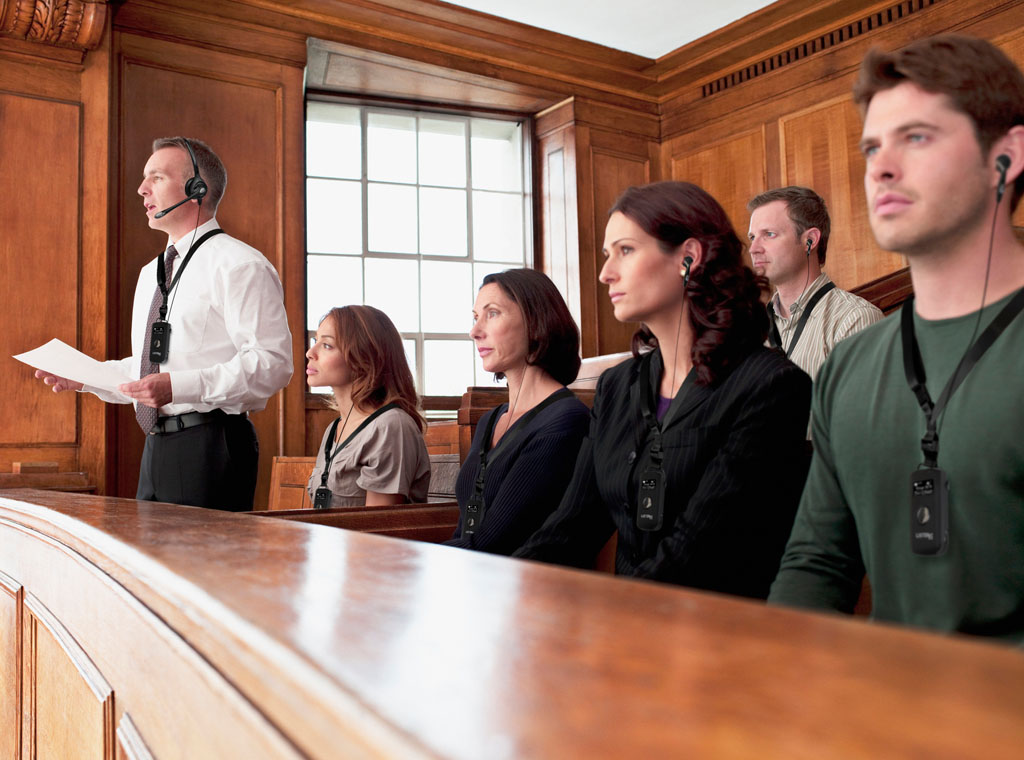
Subscribe to CX E-News
In March 2024, Listen Technologies, a manufacturer of assisted listening and communications products out of Utah, USA, announced it was switching distribution in Australia and New Zealand to Jands. They joined another assisted listening brand long distributed by Jands, Ampetronic, who are owned by the same parent company as Listen.
Coming along with the brands is Andrew Attard, who for the previous seven and a half years had been working for Ampetronic based out of Newark in the UK, who counted Jands among his customers. He’s now Business Development Manager at Jands.

“I moved to Australia and started working for Jands in October 2023,” says Andrew. “I had come out to see Jands every year for the past five years in my role as business development engineer. I was always fascinated by Australia and the opportunity to become part of the Jands family arose and here I am. I owe a lot to Ampetronic for the opportunities and lessons they have taught me. This would not have been possible without their support.”
Listen Here
Jands now offer the entire Listen Technologies portfolio including the new ListenWIFI (replacing ListenEVERYWHERE), ListenTALK, ListenRF, and ListenIR.
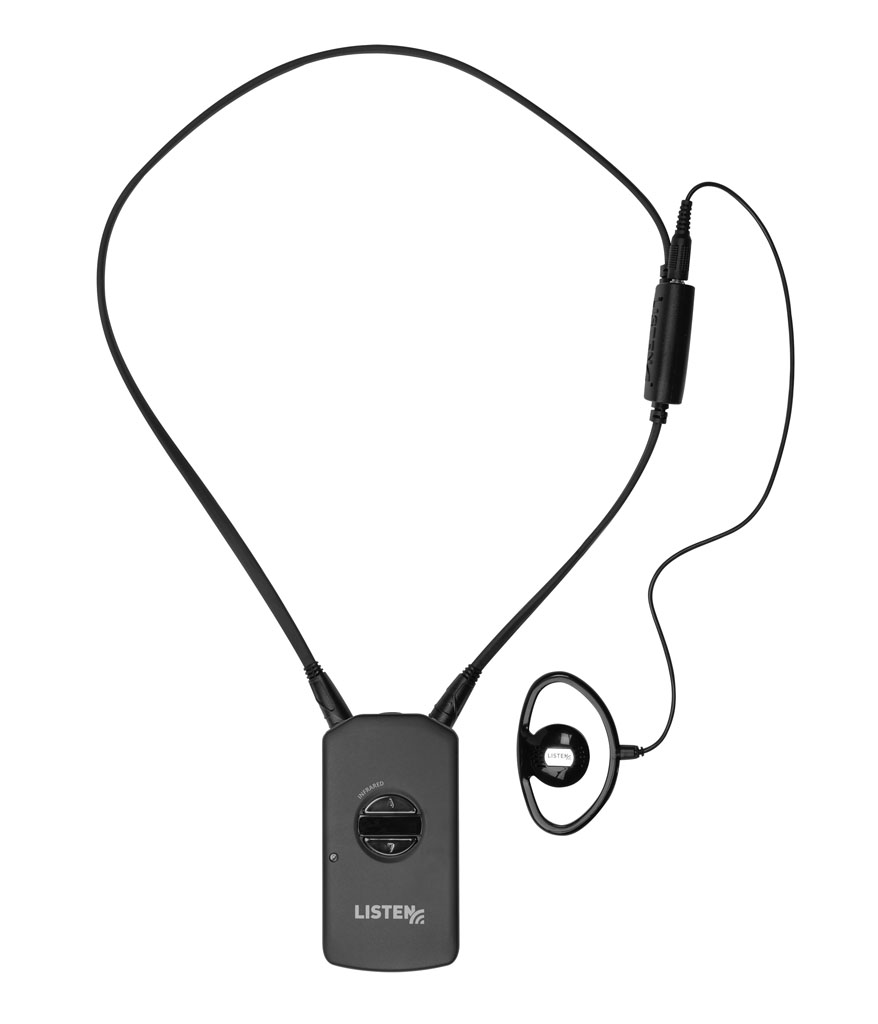
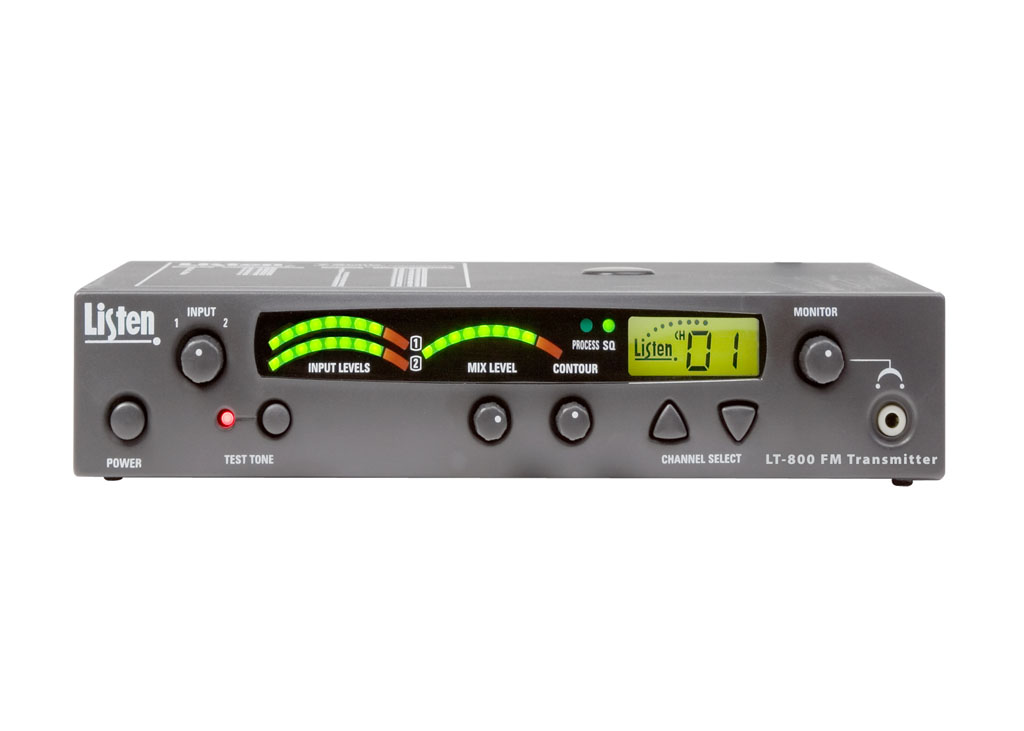
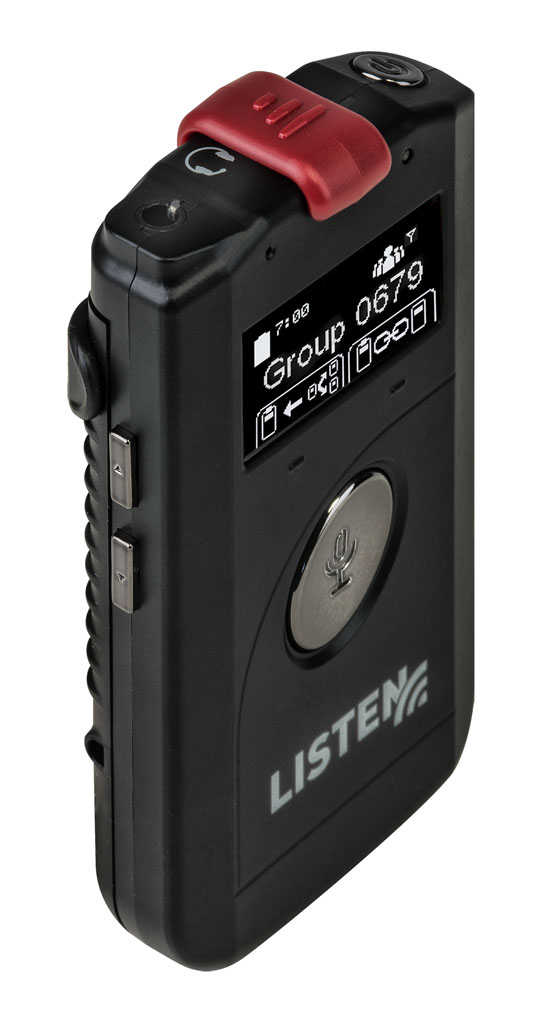
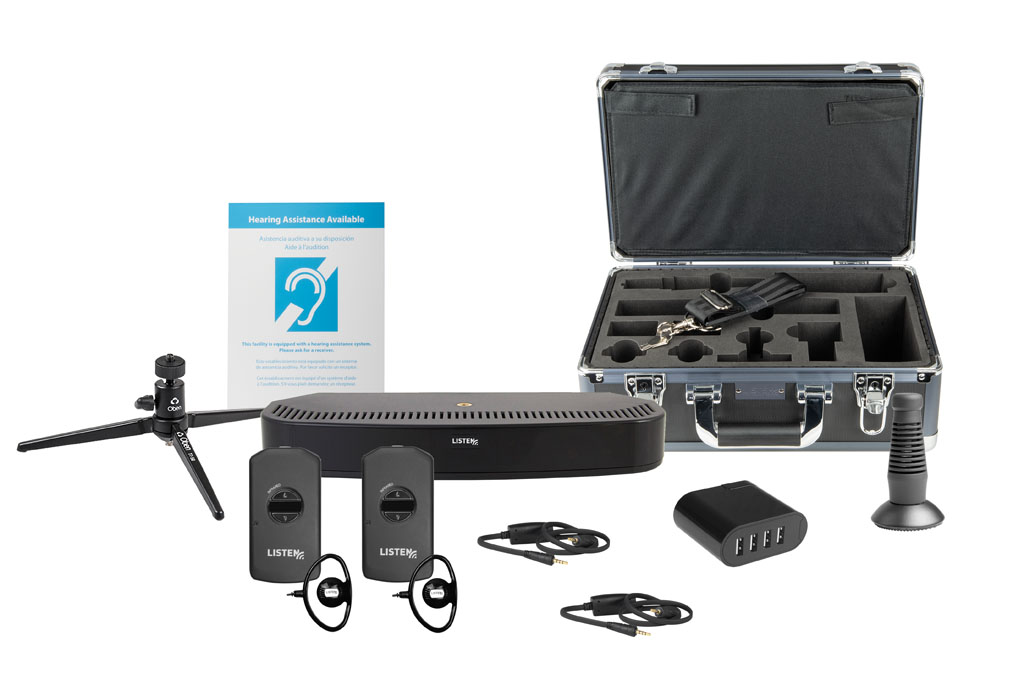
When we spoke, Andrew had recently returned from Listen Technologies’ HQ in Bluffdale, Utah and had seen the soon-to-be shipped ListenWIFI. “It’s the same hardware as the previous ListenEVERYWHERE product, but the software is different,” divulges Andrew. “They’ve added a new dedicated Wi-Fi receiver product; it’s no longer relying on smartphones with dedicated software which can be less cost effective and can be quite heavy if worn with a neck loop. You can also buy a 16 channel docking station, which also allows for programming all 16 receivers. They’re also releasing an IR and Bluetooth beacon. For example, in a museum you have a beacon everywhere there is an exhibit. There is a proximity switch set to low, medium, or high. Every time this beacon detects either your dedicated receiver or a smartphone, via IR or Bluetooth, it will tell your device what channel to tune into. You can have a seamless experience as you walk across spaces without having to manually change a channel.”
The current Listen Everywhere products can be upgraded to ListenWIFI when it becomes available, but it involves some work. Customers interested in this can contact Jands for further information.
Auracast and The Future
The big buzz at both Ampetronic and Listen Technolgies (not to mention wearables and hearing aid manufacturers) is Auracast. It’s a new broadcast audio capability over LE (low energy) Bluetooth, with an unlimited number of receivers able to tune in. It’s been enabled to run on devices running on version 5.2 of the Bluetooth Core Specification as well as the Public Broadcast Profile within the set of LE Audio specifications.
“When I joined Ampetronic in 2016, that was when the talk started about what comes next in the hearing augmentation world,” recalls Andrew. “As the market leader, the British government had assisted Ampetronic with some funding to develop assisted listening technologies for the future. At the moment, induction loops are still the best means of transmitting audio to the hard-of-hearing. Once installed, the user walks into a space, flicks their hearing aid onto the telecoil position, and they’ve got audio, as long as the system has been installed and commissioned correctly.”
“But,” warns Andrew, “the installation side can be complex; copper tape can get cut, and loops can get damaged. Over the years people have shifted towards other technologies. But these other technologies require a receiver.
For the hard-of-hearing community, if you’re trying to be inclusive, then handing out a receiver compared to having something that’s already installed and working for the end users is a disservice. If I’m at a university, having to wear something around my neck may single me out as hard-of-hearing, which people may not like.”
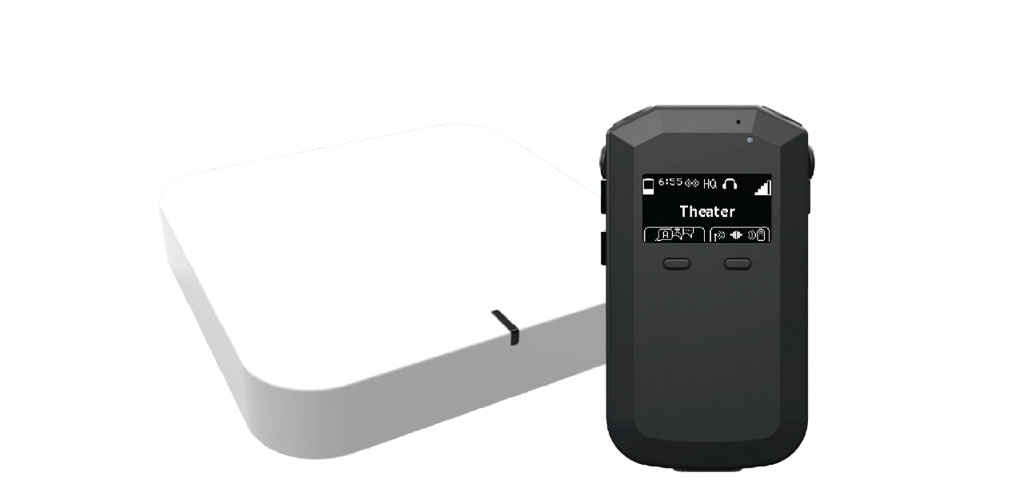
So how do we remove the complexity of installation, but provide the same ease-of- use of having a direct stream from a system that’s publicly installed? “Auracast is using the Bluetooth Low Energy Protocol as a broadcast stream,” answers Andrew. “This can be received by an unlimited number of receivers. Receivers are next-gen hearing aids and wearables. There’s already a couple of products in each sector on the market. This means anyone who has a wearable, not just the heard-of-hearing community, can access public audio. I could be in a classroom, and if there is an Auracast system installed and I have my wearable, I can tune into that lecture in a matter of seconds.”
Auracast will soon be available in the market, but it will take years for this to become the norm for hearing aid users. “There have to be more products on the market,” advises Andrew. “There have to be audiologists who are trained to specify these products, and people must then adopt the hearing aids. The lifecycle of a hearing aid is about four years. In the interim, we will be providing Auracast receivers, which have a neck loop like the current infrared or RF systems; they will generate a small magnetic field to connect to the hearing aid. In terms of future- proofing, if somebody is looking at an Aurcacast system now, they will need to provide receivers. If I was hard-of-hearing myself, I would make sure I got an Auracast compatible hearing aid, because if I’m in a space where that service is available, I can connect to that stream straightaway.”
A recent event at Sydney’s Cockle Bay Yacht Club demonstrated Auracast to a Bluetooth Special Interest Group (SIG) and Andrew was there to get all the details. “There is already an app for Auracast natively installed on some Android phones; the new Samsung S23s and S24s have it,” he reports. “Once you have your wearable (e.g. earbuds) paired up to your phone, you just open your app, hit the scan button, and your phone scans all of the Auracast streams available in your area, and publishes them on your screen. All the user has to do is click on the stream they want to hear. For example, if we’re at an airport, there’s ‘Gate 41’ or at Uni there’s ‘Classroom Three’. The audio is not going through your phone; the phone is only used for control, and that’s why Auracast latency is low. It was proven at ISE earlier this year that latency is around 30 milliseconds from the source to the wearable. This means there is no perceivable latency. The Australian standard stipulates a maximum of 40 milliseconds from source to your receiver.”
Market leaders in hearing aids such as GN ReSound and Cochlear already have Auracast technology available. Other consumer brands also have several wearables and portable speakers available.
I ask Andrew about the elephant in the room, and he chuckles;“No one knows what Apple are doing,” he smiles. “They keep their cards pretty close to their chest. However, they are a smart company with smart people and my guess is that they will be onboard with something like Auracast as they would understand the importance of this technology.”
Introducing Auri
Ampetronic and Listen Technologies have teamed up to introduce a joint-first Auracast product, Auri. Unveiled at ISE 2024, it is the first Auracast broadcast audio-based solution for assistive listening to market.
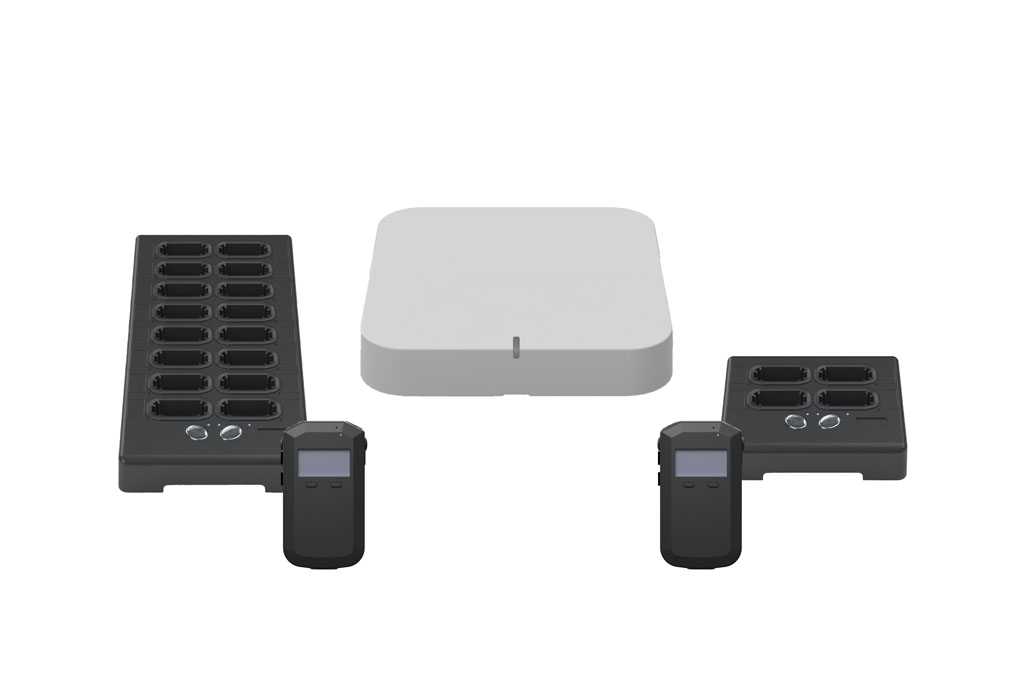
It features high quality audio multi-channel broadcast to support open or secure audio transmission, as well as multi-language support, and can be used be used with dedicated receivers or Auracast compatible devices such as wearables or hearing aids.
“Auri should be shipping later this year,” relates Andrew. “Adoption of products or standards in the assisted listening market can take anywhere from four to 10 years. Customers that want to future-proof their systems now can install Auracast and provided receivers. As time goes on and there’s more devices out there, people will connect directly, but in the meantime, we will provide receivers to make it compliant. The Australian standard does not yet address Auracast; It’s not yet in the NCC (National Construction Code) or the 1428.5 Australian Standard. The existing standard for an FM system (and, technically Bluetooth LE is a type of radio), says all you have to do is provide receivers and meet latency obligations.”
Auri offers efficiencies not possible in other assisted listening technologies. “In terms of range, it’s well over 100 metres; it’s almost too powerful,” Andrew explains. “Auri can also be used in repeater mode. In a stadium, you may only need two or three to cover the whole stadium bowl, and there’s no limit on receivers. So, once you have the Auracast wearable, either headphone, or hearing aid, you can just tune into it.”
With such a seismic shift in the market coming, how are Listen Technologies and Ampetronic viewing their product roadmap? “Every product line that Listen Technologies and Ampetronic make has its own place in the market,” Andrew comments. “Over the coming years, as Auracast becomes accepted as a technology and devices become widely adopted in public spaces and by consumers themselves, there may start to be a shift in preference but this will take time.”
Not all of the previous generation will be swept away by the Auracast tide. “I think IR will still be popular for security reasons,” posits Andrew. “Courts are a very secure environment. If you use Auracast and hand out receivers, you can issue an encryption key. What we don’t want is a person who has left the session to be able hear the next session. With Infrared, its security is hard to beat. As long as the light never leaves the space, it is still the most secure system you can provide.”
Lateral Thinking
There’s a long tradition of out-of-the-box uses for devices originally intended for assisted (or private) listening. Think silent discos, art installations, and experimental theatre. I asked Andrew if he envisaged any creative applications for Auracast? “I can see Auracast being used in a live production environment,” postulates Andrew. “For example, at a concert, we could provide eight separate mixes to the Auracast system. An audience member can choose to listen to the drummer’s mix, or the guitar player’s mix. Producers could monetise that service. I used to be a sound engineer, I’m also a guitar player, and I would find it interesting to hear what any particular musician is hearing. Because there is no installation involved, I don’t see a reason why any production house, with any console, wouldn’t have an Auracast access point living in the back of the mixer. It’ll be so easy to just plug it in, feed it inputs, and now you’re broadcasting to your audience.”

ListenWIFI is a Wi-Fi streaming solution that allows people to use their smartphones or venue- provided receivers to access audio for assistive or personal listening.
ListenWIFI features new hardware, including LWR-1050 Receivers, new LA-490 Beacons, new 2-, 4-, 8-, and 16-channel servers, and enhanced software that simplifies system configuration and management.
ListenTALK is a portable one or two-way communication system that’s perfect for multiple applications and venues, including assistive listening, guided tours, training, group communication, language interpretation, and more.
ListenRF transmits sound over radio frequency directly to the listener’s ear without amplifying ambient noise for crystal clear audio and unsurpassed intelligibility.
ListenIR performs like no other infrared product on the market, experience clear, focused audio with no dropouts or dead zones.
Subscribe
Published monthly since 1991, our famous AV industry magazine is free for download or pay for print. Subscribers also receive CX News, our free weekly email with the latest industry news and jobs.




